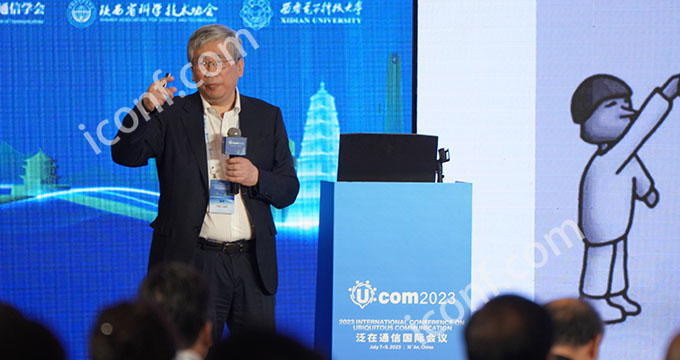

232 views||Release time: Dec 24, 2024
Publishing a paper at an EI (Engineering Index) conference is an excellent way to gain recognition for your research in the engineering and technology fields. EI-indexed conferences are renowned for their rigorous selection processes, attracting top researchers and professionals. By following the correct process, you can increase your chances of having your work accepted and published in the conference proceedings.
In this guide, we will outline the essential steps for submitting and publishing your paper at an EI conference, from preparation and submission to post-conference follow-up.

Before submitting your paper to an EI conference, it’s important to understand what is expected. EI-indexed conferences are known for their high academic standards and typically focus on engineering, technology, and related fields. Make sure the conference you are targeting is EI-indexed by checking the conference details on reliable platforms like iConf.com or the official conference website.
Each EI conference will have specific submission guidelines, including formatting, content requirements, and the types of research accepted. These guidelines are crucial for a successful submission, as failure to adhere to them could lead to rejection.
The quality of your paper is the most important factor in getting it accepted at an EI conference. Ensure that your paper meets the conference's technical and formatting requirements.
The abstract is one of the first parts of your paper that conference organizers and reviewers will read. A well-written abstract is crucial for catching the attention of the review committee. It should clearly describe the purpose, methodology, results, and conclusion of your study, all within a limited word count (usually 150-250 words).
Once your paper is prepared, the next step is submitting it to the EI conference. Most conferences use an online submission system where authors can upload their papers.
Before submitting your paper, you will need to create an account on the conference's submission platform. Popular submission platforms include:
Many EI conferences require a submission or registration fee. Make sure to complete the payment as instructed, and keep a copy of the receipt. The payment can often be made online through the conference portal.
After uploading your paper and completing any required fields, submit your paper through the conference portal. Be sure to double-check that you’ve filled out all the necessary details correctly.
Once submitted, your paper will be evaluated through a peer-review process. The reviewers will assess the quality and relevance of your research. EI conferences are known for their high academic standards, so the review process can be stringent.
Your paper will likely be reviewed by experts in your field. They will evaluate:
You may receive feedback from the reviewers. If your paper is accepted with revisions, carefully address the comments and suggestions provided. Revise your paper as necessary and submit the updated version by the given deadline.
If your paper is accepted, you will receive a formal acceptance letter. This will confirm that your paper has been accepted for presentation and publication in the conference proceedings.
If your paper is accepted, the next step is to prepare for presenting your research at the EI conference.
After presenting, many conferences require authors to submit the final version of their paper for inclusion in the conference proceedings. Ensure you follow the conference's guidelines for submitting the final manuscript, and be aware of any deadlines.
After the conference, there are a few important actions to consider.
Take the opportunity to network with other researchers and professionals in your field. Exchange ideas, collaborate, and make valuable connections that could lead to future research opportunities.
Many EI conferences also offer opportunities for post-conference publication in peer-reviewed journals. If your paper has been well-received, consider submitting a revised version for journal publication.
Publishing your paper at an EI conference is a significant achievement that can help you establish your reputation as a researcher. By following the detailed submission process, adhering to the conference guidelines, and preparing a high-quality paper, you can increase your chances of acceptance and publication.
For more information on EI conferences, submission tips, and academic resources, visit iconf.com, where you can find a curated list of upcoming EI conferences and detailed submission resources.